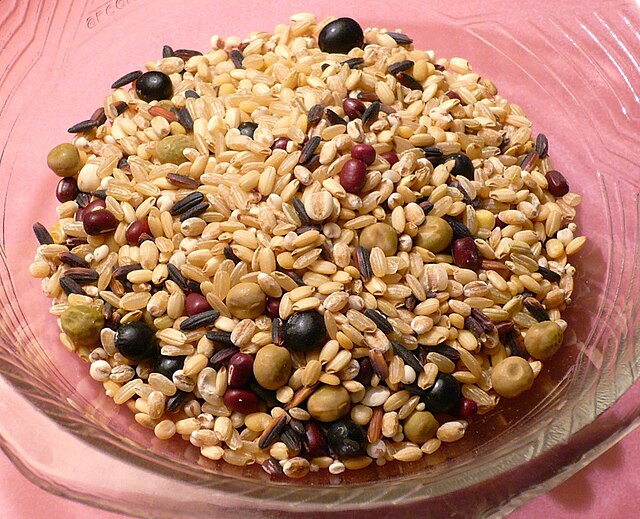The world’s food commodity futures revealed strengths and weaknesses in London, New York and Chicago exchanges in end May, 2024.
Grain, live cattle, coffee and cocoa all performed differently in these futures markets, which usually impact retail food prices.
Grain Markets Rise and Fall
Setting the trend was corn which sold at 461.00 US¢ per bushel on May 2023 in London Stock Exchange (LSE). In the Chicago Board of Trade (CBOT) exchange however, it fell to 460.50 on May 28, by -0.91% from May 27. Large supplies for July 2024 delivery by bulk producer Argentina may have been bearish on the grain.
At 1,230.25 US¢ a bushel by May 28, soybeans also fell in price drastically in Chicago. The London price on May 23 had peaked at 1,244.50 US¢ a bushel. Increasing supplies in the U.S. reflect the negative price swing despite a production fall in Brazil after floods.
The exception in grains was wheat, which rose to 697.75 US¢ a bushel on May 28 in Chicago. The May 23, 2024 value in London had been 693.75 US¢ per bushel. Trade fears over the frost that affected Russia’s wheat crop in week 3 of May 2024 helped rally the price.
Cattle Markets Finish Strongly
The American cattle markets on May 28 finished positively from the previous day’s (May 27) trade due to low supplies.
Bloomberg reported that the Chicago Mercantile Exchange (CME)’s live cattle market added 0.64 US¢ per pound on May 28. The live cattle price on May 28 ended at 181.80 US¢ a pound, a 37% day-on-day increase.
Feeder cattle had the biggest increase of 4.20 US¢ per pound in Chicago for August deliveries. The top price settled at 264.43 US¢, a 1.61% increase above May 27’s price.
Decreasing cattle heads and beef stocks in the U.S. between April and May 2024 accounted for the price gains.
The May 1 feeder cattle inventory in the U.S.’ market for April 2024 was at 11.55 million heads, a 0.86% yearly decrease. Likewise, beef stocks in April 2024 fell from those of April 2023 to 430.68 million pounds. This was a yearly drop of 4.73% and a monthly depreciation of 0.88%.
Cocoa and Coffee Fare Well
Just like cattle, commercial plantation crops including cocoa and coffee had price gains. Each soft commodity gained by over 5% apiece for July deliveries in the New York-based exchange, Intercontinental Exchange (ICE).
Cocoa for July delivery buoyed up to $8,735 per metric tonne, a gain of 5.32% from the May 27 trade. The travails of low production estimates in West Africa continue to rally the price after its fall in early May.
This is even as coffee gained by $11.75 per pound, to $230.00 a pound, a 5.38% rise day-on-day.
The world’s food prices change partly due to the reigning production and market statistics in the leading producing countries. Below is a look at some of these statistics.
World’s Food Commodity Futures Statistics
The most traded food item in the world on New York’s Intercontinental Exchange (ICE) is coffee. In July 2022, it ranked 8th of all soft commodities, including other industries, with over 1.756 million contracts. Soybeans follow, with over 39.35 million trades in July 2022 at ICE. Cocoa closes the top ten most traded goods (including other industries) at over 1.443 million contracts in July 2022.
Which countries drive corn, soybean and cattle prices on futures markets? For corn, production in the largest producer and exporter, the United States, as well as Brazil and Argentina causes futures price changes. Again, the U.S., Brazil and Argentina control the world’s soybean market price for they account for 80% of global production. Regarding cattle, production in the United States, Brazil, China and Australia sway the market. Though the United States has lesser cattle stock than India, it produces the most beef in the world at 12.6 million tonnes (2021).
